
The medium setting is where the biggest compromises to ray tracing quality begin to become evident. But what actually happens to the quality of ray tracing as you move down the various settings? DICE's recommendation right now is to run the DXR setting at low for performance reasons, and this still looks great. First up though, it's worth taking a look at the Battlefield 5 PC tech analysis video embedded below - principally to get a look at the game running in real-time in its day one incarnation and to get a sense of how ray tracing scales across the four available presets: low, medium, high and ultra. In fact, at the end of our analysis piece, you'll find our in-depth interview with DICE rendering engineer Yasin Uludağ, who has been working with colleague Johannes Deligiannis for the last year on implementing ray tracing within Battlefield 5. Real-time ray tracing remains massively expensive from a computational perspective, performance isn't completely ideal - but this is emergent tech, optimisations are coming, and having spoken to DICE directly, we know what kind of strategies the developer is pursuing to push frame-rates higher. But alongside the revolution in visuals is the reality of the implementation - this is an alpha patch running on first-gen hardware. It's a watershed moment in many ways and a phenomenal technological achievement - not just from the RTX hardware that makes it possible, but also from the engineers at DICE who committed to ray tracing in all of its shiny, real-time reflection glory. Battlefield 5 has shipped on PC, accompanied by our first look at a revolution in gaming graphics - real-time ray tracing via Nvidia's new RTX line of GPUs.


 0 kommentar(er)
0 kommentar(er)
